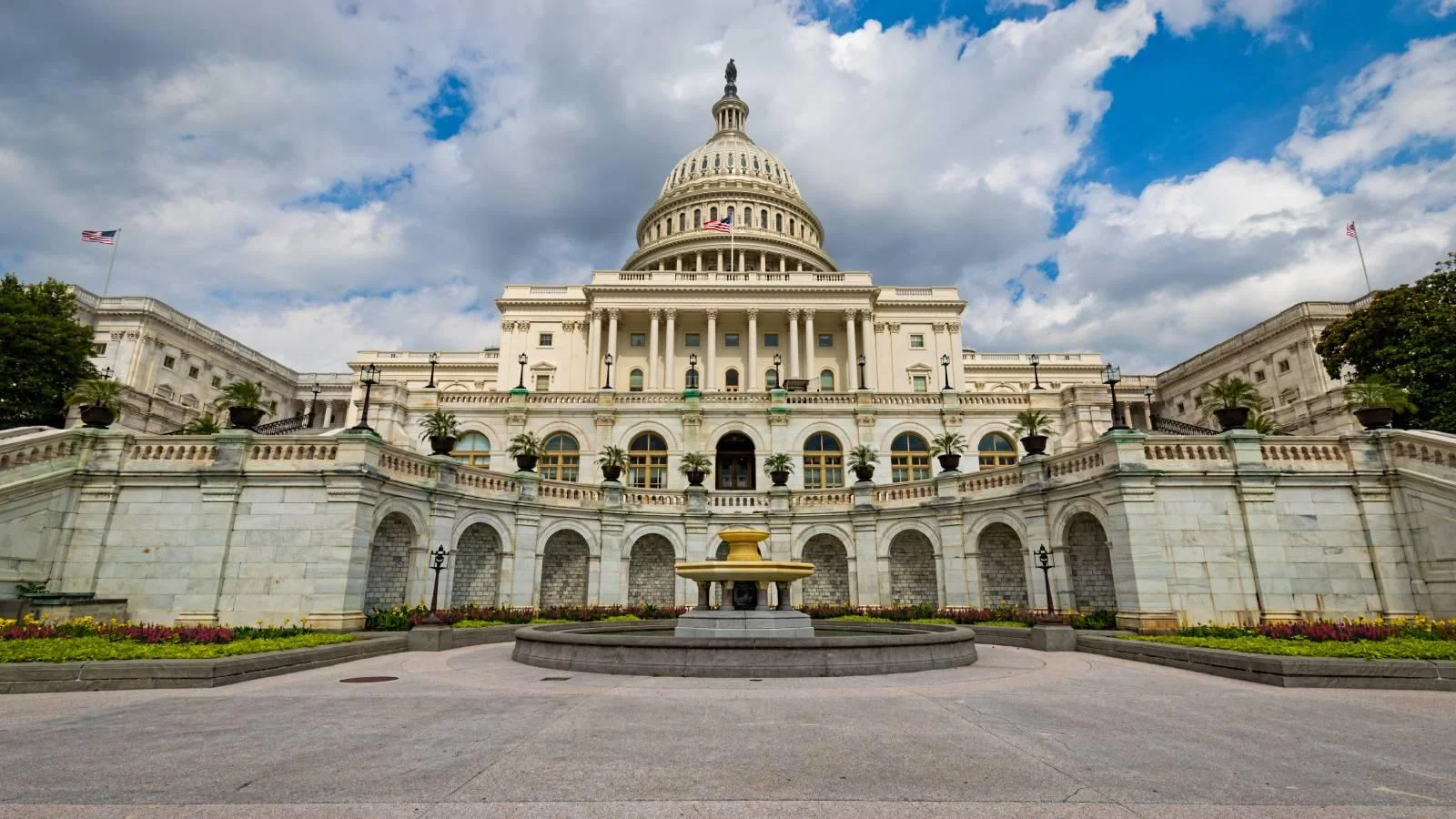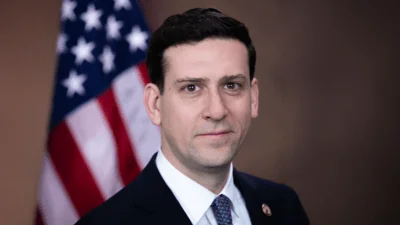I thank you, Mr. Chairman, thank you for the great personal interest that you’ve shown in this whole data matching effort and for the partnership we have enjoyed in working as you mentioned on child welfare legislation, on data matching, and for temporary assistance for needy families and for unemployment insurance programs. It is important to improve the administration of public programs through technology. It benefits taxpayers and benefits those who rely on those programs. Abuse of government programs, whether by a multinational pharmaceutical company or a person collecting unemployment insurance is never acceptable, it denies the benefits that are needed to others and it unjustly treats the tax payer.
I hope we can continue to make progress on standardizing data that that would include incorporating existing nonproprietary standards, such as XBRL, has the support of the Texas Society of Certified Public Accountants. I think that better use of data matching and data sharing across agencies improves our efforts to reduce fraud and abuse. We want to get these benefits to those who need them and who are eligible for them. And my interest in this is not only about program integrity but in seeing that programs satisfy their legislative purpose.
This is particularly true when there are so many families in my home state of Texas, and across the country, that struggle to maintain their footing. In Bexar County, for example, one in four children are poor. We must find a way to ensure that our most vulnerable citizens are provided with the assistance they need to weather economic storms. And proving the ability to do this through better data is one important aspect of outreach
Those efforts are now underway in Philadelphia through a collaboration between the State of Pennsylvania and the Benefits Data Trust, a non-profit organization from whom we will hear this morning.
The Benefits Data Trust has been able to use State data to determine if an individual who is receiving assistance from certain program is likely eligible for assistance in another. It is true that there are too many duplicative programs but the total benefits provided by all of them if delivered efficiently in the most effective way probably do not begin to meet the needs that are out there. Identifying and connecting low-income individuals to the services for which they are eligible allows the organization to work in a cost-efficient manner, while also dramatically improving the outcomes of those individuals who are to receive benefits and our economy in the process.
I think this is particularly relevant to the current attention on the delivery of food assistance through the SNAP program. A report released recently by the U.S. Department of Agriculture found that SNAP benefits helped to reduce national poverty in a significant way. These benefits played an important role in providing critical assistance that I saw recently in at the food bank in the Westside of San Antonio.
Mr. Chairman, I look forward to hearing from today’s witnesses and continuing our work together to improve the outreach, the efficiency, and the effectiveness of these vital public initiatives through the use of technology. Thank you so much.









